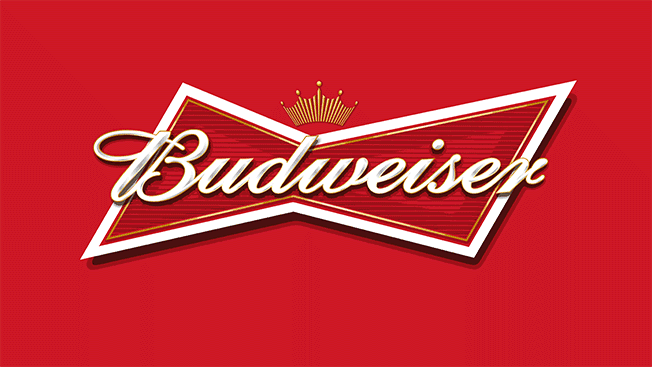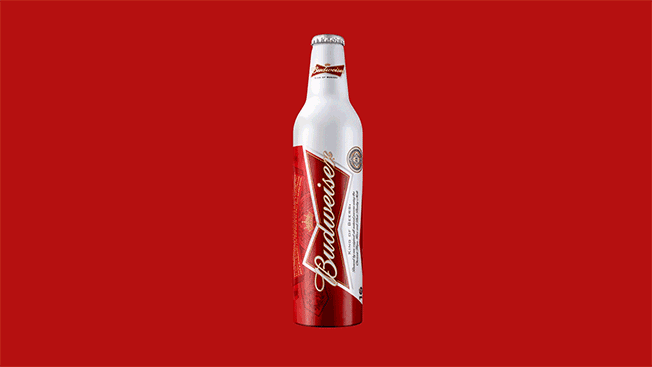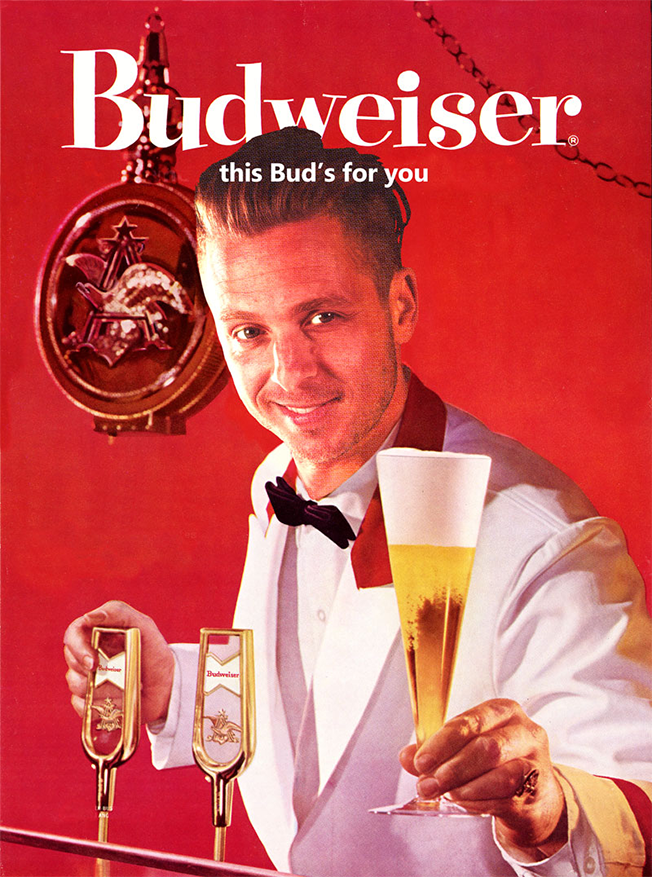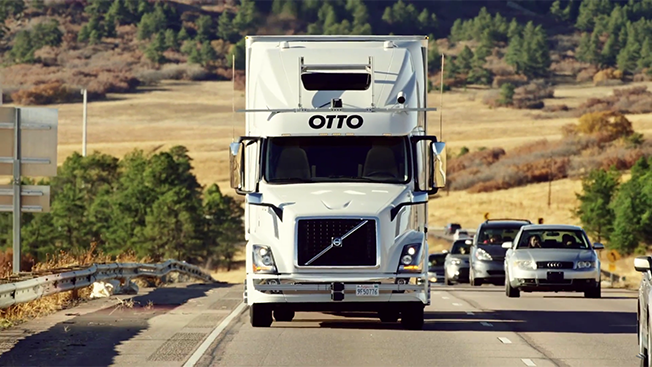![]()
A good thing about getting old in this business is that you've actually lived through all the changes and survived the perennial predictions of ad agency extinction.
Along the way you've also observed, maybe even been a part of, any number of power shifts. But when I was asked by Adweek's editors to contribute a few lines about the evolution of power within our industry, my thoughts went immediately to the one thing that's remained constant throughout my 60 years in the business: creative power—the power of an idea to transform the meaning, and thus the fortunes, of brands.
![]()
Keith Reinhard Headshot: Alex Fine
In the '50s, it was creative power, certainly not horsepower, that transformed an ugly little German car into the most popular import of its time. Creativity gave the Volkswagen Beetle a winning countercultural identity, a feature no engineer could add. Years later, it was the power of a one-word urban greeting—"Wassup"—that lent youth and hipness to an aging Budweiser, and caused its brewer to state publicly, "In our lifetimes, we'll never see so much value created from a single idea!"
More recently, a former wide receiver for an NFL practice squad urged us to "Smell Like a Man, Man," turning a sleepy deodorant, Old Spice, into an international phenomenon. Those are just three examples of the wonder-working power of creative ideas developed by agencies partnering with great clients over the years.
There is power in partnership, and I sometimes lament the passing of the kind of partnerships we once enjoyed when CEOs of agencies had close, top-to-top relationships with their client counterparts. David Ogilvy said, "Chairmen should harangue chairmen." The president of the Minnesota Valley Canning Company said, "I want the little guy with the rumpled suit," meaning Leo Burnett himself, who, in turn, gave his new client a much jollier Green Giant. Bill Bernbach could tell Edgar Bronfman he was wrong about a headline suggestion for Chivas Regal, and it was Bill's close relationships with Carl Hahn at Volkswagen and Bob Townsend at Avis that resulted in advertising that changed advertising forever.
But in time, many CEOs gave up their responsibility as ultimate brand managers and transferred their decision-making power from the corner office to the office of a chief marketing officer. Some of these CMOs not only embraced the power of creativity but also advanced its cause within their organizations and our industry. Jim Stengel at P&G was one of the first to lead a delegation of his execs to the International Festival of Creativity at Cannes, an initiative that other clients soon followed, seeking to better understand the creative process and its brand-building powers.
There were other CMOs however, who exercised their new powers to create a wasteful churn of agency reviews and change, not for the sake of creativity, but apparently for the sake of change itself. In that process, valuable brand equities and powerful long-running campaigns were often lost or abandoned. Such losses give credence to the boast of the late Rosser Reeves, chairman of the Ted Bates agency and father of the unique selling proposition (USP), who promised he could beat you with the third-best campaign because you'd keep changing and he wouldn't. How many readers today know the Avis tagline that four years ago replaced the long-running and still relevant "We Try Harder"?
The mid-'80s saw a consolidation of power in the agency world touched off by the brothers Saatchi who seemed to be doing a deal a week. Our idea in 1986 for the three-agency merger that formed Omnicom was to amass unequalled creative power to better serve clients across the globe. The media called it "The Big Bang," after which other consolidations soon followed. Today, agencies of the five big holding companies dominate the advertising and marketing landscape, as well as the stages where creative excellence is honored.
Not long after the merger mania had subsided, full-service agencies experienced a damaging loss of power when media buying was shifted to separate, independent firms which promised clients unparalleled clout. Some observers now say this clamor for low-cost GRPs underestimated the rise of the internet and, in turn, the importance of digital and mobile advertising where the lines between content and connection are blurred. For many of us, losing the media function came at a time when, in response to the proliferation of media channels, we in the agencies were elevating the media practice and joining it with our creative resources. I'm with those calling for a reintegration of the two disciplines, however such a reunion might occur.
Another flashback reminds us that beginning in 1948 and continuing until the late 1980s, the big three networks dominated U.S. television—controlling the vast majority of advertising and pretty much determined what Americans watched, and when. Conventional wisdom holds that the power to choose now resides with consumers. But one could argue that this presumed power is an illusion, given that six media giants now control almost all of what we watch, read or listen to. The introduction of the internet in the '80s led to the digital disruption later in the century. This in turn has become an unrelenting tsunami of technical innovation, with each wave bringing us new creative possibilities.
As marketers, however, we need to make sure that these disruptions don't become distractions, taking focus away from building enduring brands.
Inside our own companies, technology allows us to easily connect with each other and with our clients from any point on the globe. But as with all technical advances, this benefit comes at a cost, most notably the power of presence—physical human presence. The synergy that results from team members interacting with each other in the same place at the same time cannot be matched by teams whose members are all working from different, often far-flung locations. And all the emails in the world will never substitute for real live managers walking the halls and offering a word of encouragement or genuine appreciation. It's easy to underestimate the power of being there and caring. It can inspire great work or even turn a life around.
Where will technology take us? VR and AI offer awesome, perhaps fearsome, possibilities. Some predict that machines, already composing news stories without any human involvement, will soon be originating our creative content, replacing our people and their talents. I question that prediction if for no other reason than that machines, for all their intelligence, still lack the power of passion, without which, according to the German philosopher Hegel, nothing great has ever been accomplished.
Now that the big legacy agencies are up to speed with the newest technology and specialist skills offered by the startup shops born during the great digital disruption, we'll likely see another cycle of agency consolidation. Clients will encourage this consolidation as they discover the advantages of partnering with a new definition of full-service agencies.
But within those agencies, instead of power residing only at the top of an outdated organizational chart, we'll see flatter, more flexible organizations that quickly form and reform in response to fast-changing needs. Decision-making power will be more broadly distributed to on-the-ground operatives able to act and react quickly and creatively to real-time opportunities. Leaders will be reminded that the best way to gain power is to give it away—to the right people.
And some of those people may well represent a new blend of generalist and specialist skills: perhaps a Leonard Bernstein-like advertising composer, arranger, synergist and conductor, all in one person. And given what scientists are telling us about who's best at multitasking, that person is likely to be a woman.
In any case, we're sure to see a lot more power placed in the hands of women. The many panels we've all sat through addressing the subject will finally establish a marketing world where talent truly has no gender. As for diversity and inclusion, I like what DDB's Wendy Clark said at the recent 4A's conference: "We will not rest until our company reflects the marketplace we serve."
We'll also see a fresh appreciation and application of the power of story, especially as neuroscientists are giving us new evidence that telling a good brand story is better for the bottom line than presenting rational arguments. As Peter Guber, the Hollywood producer and former CEO of Sony Pictures, put it, "In this age of rapid technological change, it's not the 0s and 1s of the digital revolution, but rather the oohs and aahs of a good story that offer the best chance of compelling listeners to act on behalf of a worthy goal."
The power of story was given even more importance by Joe Nye, former dean of Harvard's Kennedy School for Government, when he wrote: "Conventional wisdom has always been that the government with the largest military prevails, but in an information age it may be the state (or nonstate) with the best story that wins." The same goes for brands.
Some scholars, perhaps channeling Mahatma Gandhi, make a distinction among three kinds of power: "power over," "power to" and "power with." "Power over" is the ability to dominate a person or a group. "Power to" is the ability to do something on one's own, relying on one's intellect, knowledge and stamina. But "power with" is the ability to work with others to accomplish a common goal.
In our business, power will always reside with those who have the money. But in the future, as in the past, clients have a choice in how to use power. They can use their "power over" to intimidate, scare or starve their agencies, or they can use their "power with" to partner with agencies to unleash the kind of creative power that can make their brands rich and famous.
Not too long ago, I enrolled in a class on Basic Content Strategy at the General Assembly in New York. The instructor was younger than any of my kids. But in my attempt to stay current, I just might go back and take a class in writing code. As Bernbach said, "The future, as always, belongs to the brave." I'm not sure how much future I have left in advertising, but given these exciting times—were it in my power—I'd sign up for another 60 years.
Every Wednesday for 20 years, Keith Reinhard (@kreatividad), chairman emeritus of DDB Worldwide, sent out a memo to the global agency he ran that offered up pieces of wisdom. The memos became known as Any Wednesday, which is the title of a recently published book cataloging the insights. Reinhard was also the recipient of the 2015 Lifetime Achievement Award from Clio.
This story first appeared in the May 23, 2016 issue of Adweek magazine.
Click here to subscribe.

















































